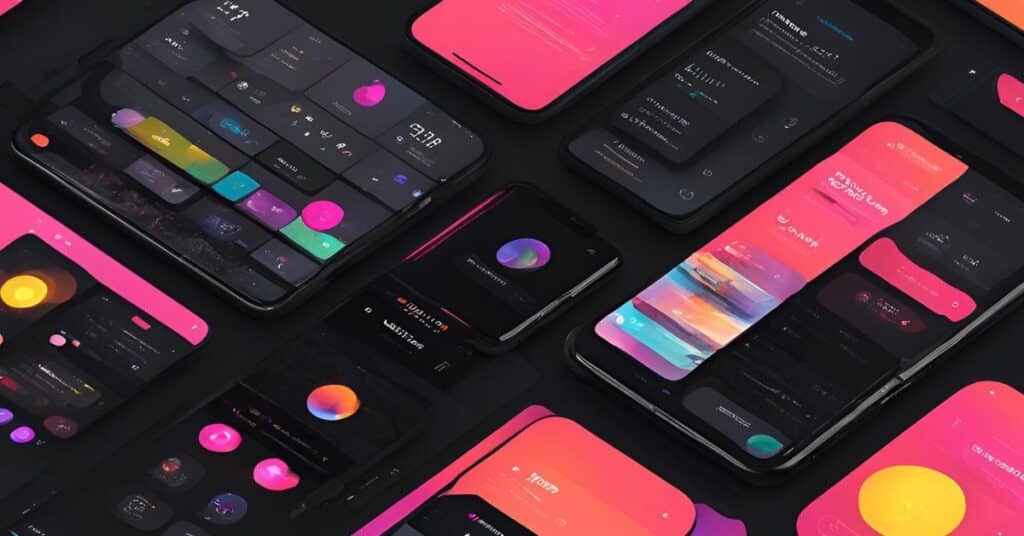Introduction
In 2025, inclusivity and accessibility are no longer optional in UI/UX design; they are fundamental. With rapid technological advancements and an increasingly diverse user base, designing for everyone is a critical priority. Inclusive design ensures that digital experiences are accessible, usable, and enjoyable for individuals of all abilities. This blog explores the principles, strategies, and tools necessary to create accessible designs in 2025.
The Importance of Accessibility in 2025
Expanding Digital Footprint
The global reliance on digital platforms continues to grow, making it essential to cater to users with varying abilities, languages, and preferences. Accessibility ensures that no one is left behind, fostering a sense of equality and inclusivity.
Legal and Ethical Implications
Governments and organizations worldwide are implementing stricter accessibility regulations. Non-compliance can result in legal consequences and damage to brand reputation. Designing inclusively also aligns with ethical practices, promoting equal opportunities for all users.
Enhanced User Experience
Accessible designs benefit everyone, not just individuals with disabilities. Features like voice commands, captions, and responsive design improve usability for all users, including those in challenging environments or with temporary impairments.
Key Principles of Accessible Design
1. Perceivable
Ensure that users can perceive information regardless of sensory limitations:
- Provide text alternatives for images and videos.
- Use high-contrast colour schemes for better visibility.
- Offer screen reader support.
2. Operable
Design interfaces that users can navigate and operate effectively:
- Ensure keyboard and voice navigation compatibility.
- Avoid time-sensitive tasks that may disadvantage certain users.
- Incorporate easily clickable buttons and links.
3. Understandable
Content and functionality should be intuitive and easy to comprehend:
- Use simple and clear language.
- Avoid jargon and provide explanations where necessary.
- Ensure consistent navigation and predictable user flows.
4. Robust
Designs must be compatible with various devices, platforms, and assistive technologies:
- Adhere to web standards and best practices.
- Regularly test compatibility with screen readers and other tools.
Strategies for Creating Inclusive Designs
Involve Users Early
Collaborate with individuals with disabilities during the design and testing phases to ensure solutions meet real-world needs.
Prioritize Universal Design
Adopt a “design for all” approach that benefits the broadest range of users from the outset rather than retrofitting accessibility later.
Leverage Accessibility Tools
Use modern tools and resources to identify and address accessibility issues:
- WAVE: Web Accessibility Evaluation Tool.
- Contrast Checker: Ensures appropriate colour contrast.
- ARIA (Accessible Rich Internet Applications): Enhances dynamic content accessibility.
Continuous Testing
Accessibility is an ongoing process. Regular audits and user feedback are crucial for maintaining and improving accessibility standards.
Trends in Accessibility for 2025
AI-Powered Assistive Features
Artificial Intelligence is revolutionizing accessibility with tools like real-time text-to-speech conversion, automated alt-text generation, and adaptive interfaces.
Advanced Voice Interfaces
Voice-controlled systems are becoming more sophisticated, offering seamless interaction for users with mobility or vision impairments.
Augmented Reality (AR) and Virtual Reality (VR)
AR and VR applications are integrating accessibility features such as audio descriptions, customizable interfaces, and haptic feedback.
Microinteractions with Accessibility in Mind
Designing animations and transitions that are gentle and informative without causing sensory overload.
Accessibility Guidelines and Standards
WCAG 2.2 and Beyond
The Web Content Accessibility Guidelines (WCAG) remain the cornerstone of accessibility standards. Staying updated with the latest versions is vital for compliance and innovation.
ADA Compliance
Ensure your designs align with the Americans with Disabilities Act (ADA) and similar regulations in your region.
Localized Standards
Consider accessibility laws and cultural nuances specific to your target audience\u2019s location.
Conclusion
Creating accessible designs in 2025 is both a responsibility and an opportunity to innovate. By prioritizing inclusivity, designers can craft experiences that empower all users, drive engagement, and set benchmarks for ethical and practical digital solutions. As technology evolves, so must our commitment to designing for everyone.
Let us design a future that is inclusive, accessible, and enriching for all.


